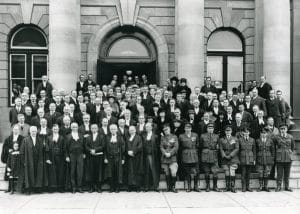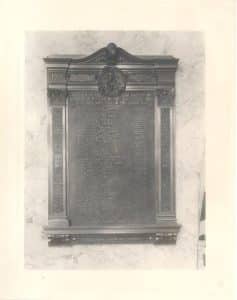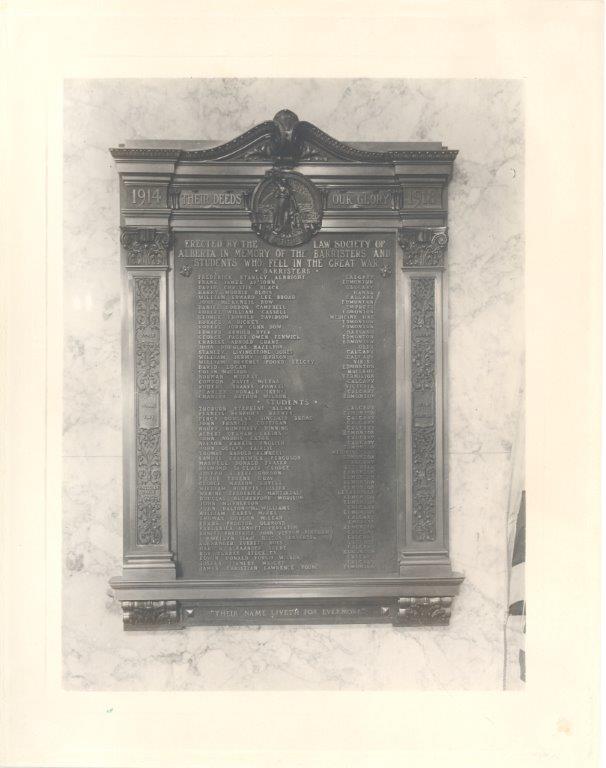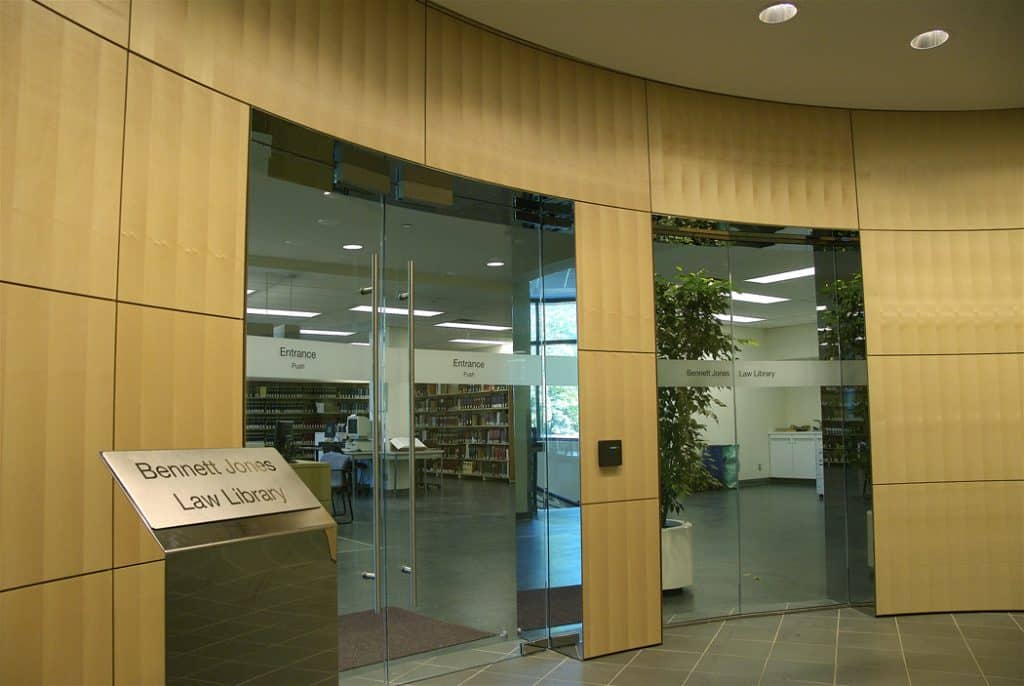On June 28, 1914, Franz Ferdinand, the Archduke of Austria and heir to the multinational Hapsburg Empire was assassinated on the streets of Sarajevo, Bosnia and Herzegovina. This event was the culmination of growing nationalistic anxieties across southern and eastern Europe, and led to the long and bloody World War I. Interestingly, when the war started it was predicted to be finished by Christmas 1914, but lasted until November 11, 1918.
When Great Britain declared war on August 4, 1913, Canada was automatically at war too. Though Alberta was a new province within the Dominion, many Albertans volunteered to fight for the Empire and many lawyers were part of the group that signed up for the war effort. Over the next four years, the Legal Archives will be highlighting a number of lawyers who enlisted and went oversees. For every young man that returned from the war, there were a number that never came home.
 Some lawyers were not able to complete their articles before enlisting. Sydney Wood of Edmonton, Alberta was one such lawyer. He enrolled at the University of Alberta studying Arts and Law in 1915 and 1916. Following his academic years, he began articles with Horace A. Dickey in 1916. Dickey, an Edmonton lawyer, enlisted in the Canadian Expeditionary Force and was sent overseas where he was killed in action. Wood’s articles were transferred to the Edmonton firm of Short and Cross. In February 1916, Wood enlisted with 19th University Battalion and was shipped overseas without completing his articles.
Some lawyers were not able to complete their articles before enlisting. Sydney Wood of Edmonton, Alberta was one such lawyer. He enrolled at the University of Alberta studying Arts and Law in 1915 and 1916. Following his academic years, he began articles with Horace A. Dickey in 1916. Dickey, an Edmonton lawyer, enlisted in the Canadian Expeditionary Force and was sent overseas where he was killed in action. Wood’s articles were transferred to the Edmonton firm of Short and Cross. In February 1916, Wood enlisted with 19th University Battalion and was shipped overseas without completing his articles.
He fought and was severely injured at the Battle of Vimy Ridge, considered the crowning moment of the Canadian military. There he was shot in the leg and remained on the battlefield for nearly two days before being recovered after the Canadian advance was secured and the three divisions of the German Sixth Army were in retreat. As a result of his injuries, he had numerous surgeries and remained in hospital until his discharge in February 1921.
By this time, the war had been over for three years, and Wood had been out of law for 5 years. Wood returned to Edmonton and immediately returned to law with Van Allen, Simpson & Co. presumably as an articling student. During his time in the hospital, the Law Society of Alberta established an exemption from articles for those lawyers who had fought oversees.
Knowing this Wood wrote to Charles Adams, Secretary of the Law Society of Alberta, on March 30, 1922, formally requesting that his time in service overseas in the Canadian Expeditionary Forces, as well as his time spent recuperating in hospital, be applied to his articles. In this effort, Wood received support from Edmonton lawyer, A.S. Matheson, who wrote to Adams on March 29, 1992, declaring, “…I have not had the pleasure of writing to you on any case so deserving as that of Sydney Wood.” He concluded his letter by saying:
“I am sure, under the circumstances, you will give this case your favourable consideration as I feel quite certain that with the splendid fighting spirit and courage which Mr. Wood has shown in the past, the Benchers and the Law Society of Alberta will have no need to fear that he will not be a real credit to the profession in the years to come even though he be granted certain special privileges at this time.”
On April 7, 1922, Frank Ford, Chairman of the Education Committee, approved Sydney Wood’s request under his special circumstances:
“RESOLVED that the period during which the applicant was on active service or in training thereof, namely from the 7th day of February 1916 to February 1921, be allowed in lieu of service under articles and that he be exempted from passing his first and second intermediate examinations.”
 Sydney Wood was admitted to the bar on July 10, 1923, and went on to have a successful law career.
Sydney Wood was admitted to the bar on July 10, 1923, and went on to have a successful law career.
World War I ended on November 11, 1918. The country they returned to was embroiled in a national crisis over conscription, ravaged by a flu epidemic, and labour shortages. However, as returning soldiers tried to recover a sense of normalcy, they never forgot the sacrifices made by their comrades who went to Europe and never returned. More than 60,000 Canadians died in the war.
In 1921, the Law Society of Alberta, in an effort to memorialize the sacrifices of Alberta lawyers in battle, erected a plaque commemorating those who fought and gave their lives for Canada. To this day, that memorial plaque hangs in the Edmonton Courthouse as a reminder of the sacrifice Alberta lawyers made during World War I




